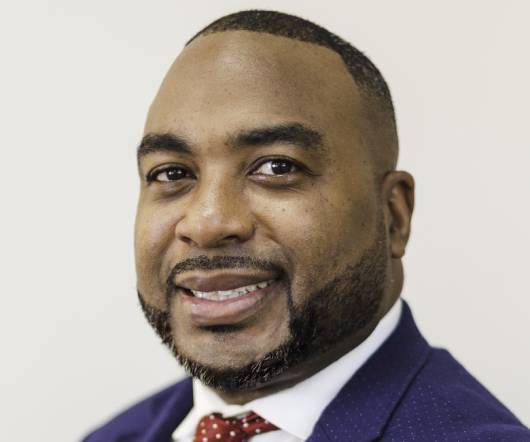Addressing Unconscious Bias in the Hiring Process
eni
JULY 31, 2024
In today’s interconnected world, an equitable hiring process isn’t just an ethical choice—it’s a business necessity. Recognizing and mitigating these biases is pivotal to fostering a fair and efficient hiring approach. Structured Interviews: Adhering to a uniform interview protocol offers dual benefits.























































Let's personalize your content